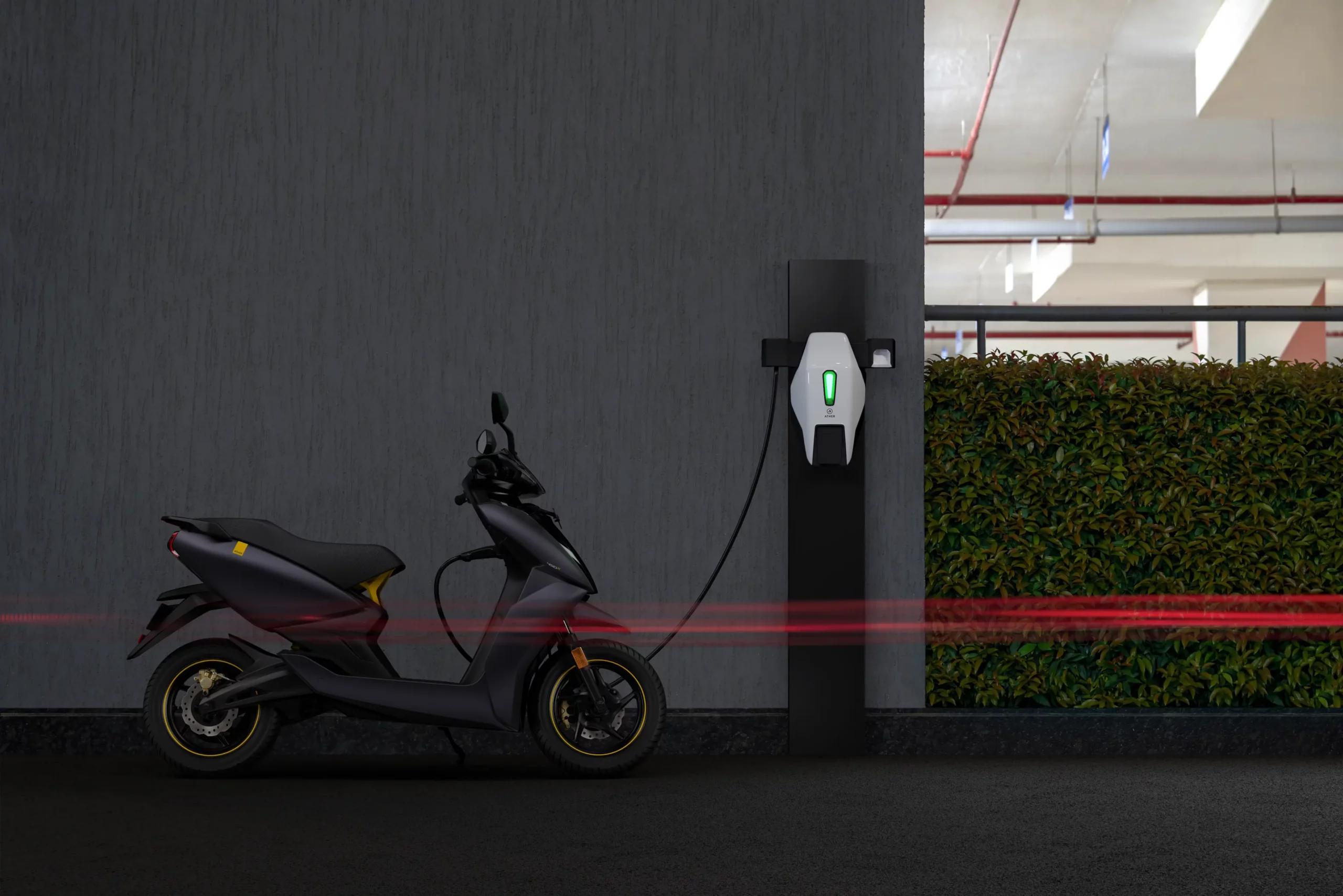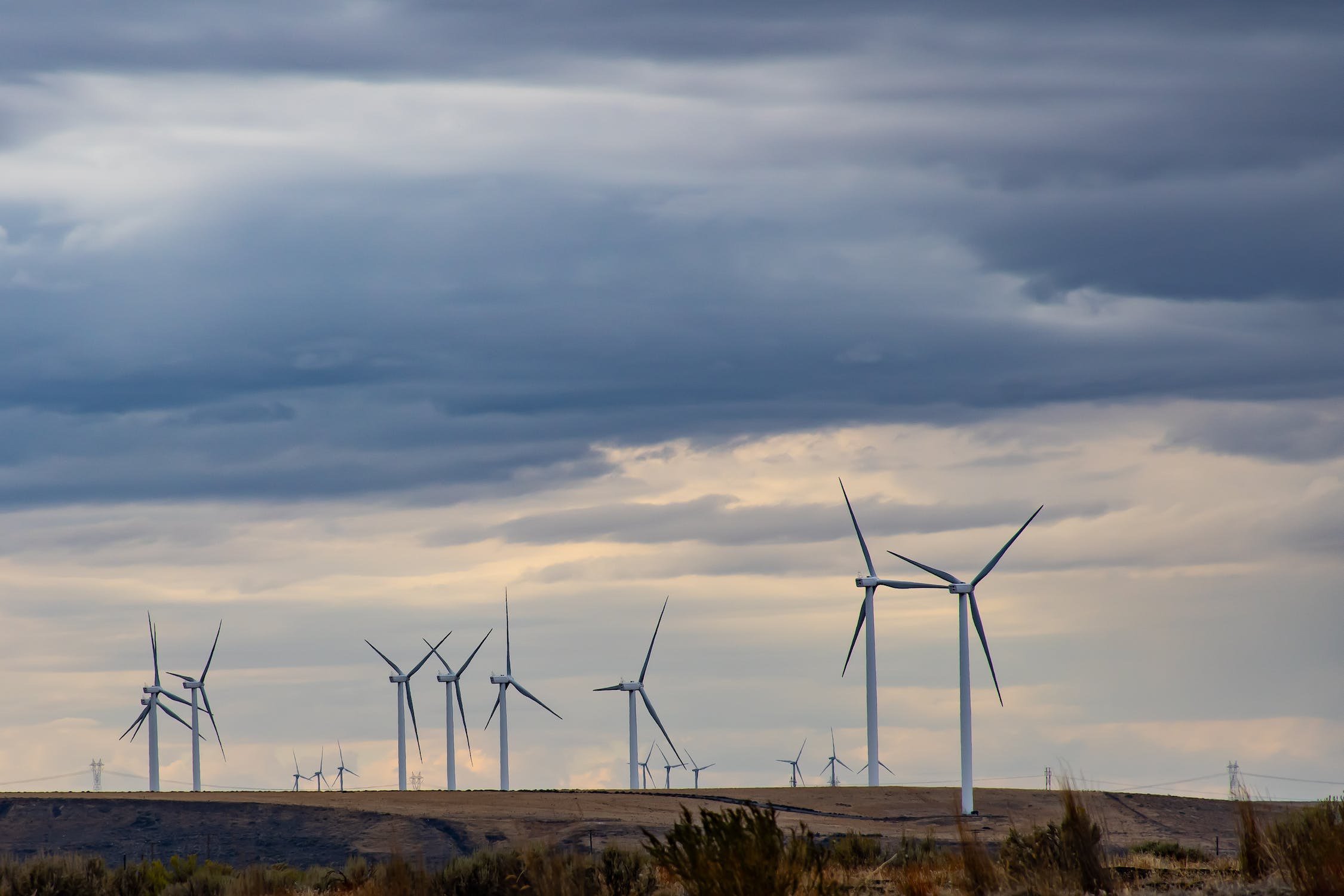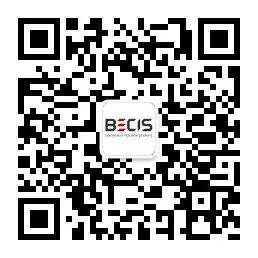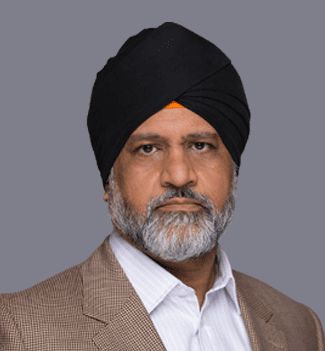
Distributed Energy Resources (DERs) represent a paradigm shift in energy production and consumption, marking a move away from centralized power systems to localized, efficient energy solutions. This article explores the diverse range of DERs, such as solar panels, battery storage, electric vehicles, biomass and biogas, and smart thermostats, highlighting their role in reshaping energy dynamics. We’ll examine how these technologies not only contribute to a more resilient and sustainable energy grid but also significantly impact business models, offering new opportunities for cost savings, energy independence, and sustainability. Dive into the world of DERs with us to understand their integral role in the future of energy and business.
What Are Distributed Energy Resources?
Definition of Distributed Energy Resources (DERs) is a group of decentralized, modular technologies for generating, storing, and managing electricity. They are often located at or near the point of consumption. DERs include a variety of hardware devices like electric vehicles, smart thermostats, home batteries, boilers, and solar inverters. These resources are reshaping traditional electricity generation and distribution paradigms by generating electricity close to where it’s consumed, as opposed to centralized power generation that transmits electricity over long distances.
Types of Distributed Energy Resources

Solar and Battery Systems
- Energy Autonomy: These systems provide businesses with a degree of energy autonomy, reducing reliance on the grid and enhancing resilience against power outages. The DERs energy generated is both sustainable and cost-effective.
- Peak Shaving: By storing solar energy in batteries, businesses can use this stored energy during peak demand periods, a practice known as peak shaving, a practice known as peak shaving, contributing to a higher percentage of renewable energy usage.
- Microgrid Capabilities: Solar and battery systems can be configured into microgrids, providing reliable energy for remote locations or in areas with unstable grid infrastructure.
- Sustainability Credentials: Adopting solar and battery systems as a source of DERs energy significantly boosts a company’s sustainability profile, aligning with environmental goals and regulations.
Biomass and Biogas
- Carbon Neutral: These systems offer a carbon-neutral energy solution. The carbon dioxide released during the generation of energy from biomass and biogas is roughly equivalent to the carbon dioxide absorbed by the organic materials during their growth, resulting in a balanced carbon footprint.
- Energy Diversification: Incorporating biomass and biogas into a DER portfolio diversifies the energy mix, enhancing energy security and reducing dependency on fossil fuels.
- Waste-to-Energy Conversion: Biomass and biogas systems exemplify the waste-to-energy principle, turning organic waste that would otherwise decompose and release methane, a potent greenhouse gas, into valuable energy.
- Local Resource Utilization: By utilizing local resources, these systems support local economies and reduce transportation-related emissions associated with importing energy resources.
Electric Vehicles (EVs)
- Grid Balancing: EVs can play a crucial role in balancing the grid by absorbing excess electricity during low demand and feeding it back during peak times.
- Vehicle-to-Grid (V2G) Technology: Advanced V2G systems allow EVs to return energy to the grid, acting as mobile storage units that enhance grid resilience.
- Renewable Energy Integration: EVs are ideal for integration with renewable DERs energy sources, such as solar and wind power, enhancing their viability and efficiency.
Smart Thermostats
- Intelligent Energy Management: These devices learn from user preferences and adjust heating and cooling systems accordingly, optimizing energy use and reducing costs.
- Remote Control and Automation: Businesses can remotely control smart thermostats, automating DERs energy usage based on operational hours, thereby enhancing efficiency.
- Data Analytics: Smart thermostats provide valuable data on energy usage patterns, aiding in strategic energy management and decision-making.
EV Chargers
- Demand Response Capabilities: Smart EV chargers can be programmed to charge vehicles during off-peak hours, reducing strain on the grid and lowering energy costs.
- Infrastructure Insights: They offer insights into the infrastructure needs for EVs, helping in the planning and development of more efficient charging networks.
- Incentive Alignment: EV chargers can be aligned with utility incentives, such as reduced tariffs for off-peak charging, encouraging more widespread adoption of EVs.
Each of these DER types not only contributes to a more sustainable and efficient energy landscape but also offers unique business benefits, from cost savings and operational efficiency to enhanced brand reputation and market positioning in an increasingly environmentally conscious world, underpinned by the growing importance of the Distributed Energy Resource energy.
Advantages of Distributed Energy Resources

Grid Resilience and Reliability
- Reduction of Transmission Losses: By generating energy closer to where it is used, DERs significantly reduce the losses that occur during long-distance transmission. This efficiency leads to a more reliable and consistent energy supply.
- Support for Renewable Transition: DERs are essential in the gradual shift from fossil fuels to renewable energy sources. They offer a flexible and adaptable framework that can easily integrate various renewable technologies.
- Enhanced Grid Flexibility: The decentralized nature of DERs allows for a more resilient grid structure. In case of failures or disruptions in one part of the grid, other DERs can compensate, thereby reducing the risk of widespread outages.
- Emergency Energy Provision: In emergencies, such as natural disasters or power outages, DERs can provide critical backup power, ensuring the continuity of essential services.
Renewable Energy Integration
- Complementing Traditional Power Sources: DERs can work in tandem with existing power plants, filling gaps in renewable energy production when sunlight or wind is insufficient.
- Reducing Dependency on Fossil Fuels: Harnessing renewable sources like solar and wind, key examples of Distributed Energy Resources, plays a vital role in reducing reliance on fossil fuel-based power generation.
- Promoting Cleaner Energy: The use of DERs accelerates the shift towards a cleaner energy mix, contributing to lower carbon emissions and mitigating the effects of climate change.
- Community-Based Energy Projects: DERs enable community-based projects like local solar farms or wind turbines, fostering a sense of ownership and participation in renewable energy initiatives.
Stable Grid
- Localized Energy Production: Generating energy close to the point of use minimizes the strain on transmission and distribution networks, leading to a more stable grid system.
- Load Balancing: DERs can respond quickly to changes in energy demand, providing load-balancing services that are essential for maintaining grid stability.
- Reduced Infrastructure Strain: With energy being generated and used locally, the need for large-scale infrastructure and its maintenance is significantly reduced, leading to cost savings and less environmental impact.
- Enhanced Peak Load Management: During times of peak energy demand, DERs can be mobilized to supply additional power, preventing overloads and maintaining consistent energy availability.
By expanding on these benefits with practical examples of distributed energy resources, it becomes clear that DERs contribute significantly to a more sustainable, efficient, and modernized energy system, playing a crucial role in achieving a resilient and environmentally friendly energy future.
Business Impacts of Distributed Energy Resources

Economic Advantages for Businesses
- Cost Reductions: DERs, managed effectively through distributed energy resource management systems, can significantly lower energy costs for businesses. By generating electricity on-site, companies can avoid the higher tariffs associated with peak power demands from the grid. This cost-efficiency can be a critical factor in enhancing the overall profitability of a business.
- Investment Opportunities: The rise of DERs opens up new investment opportunities. Businesses can invest in their own DER technologies or participate in community-based renewable energy projects, potentially reaping financial benefits from these investments over time.
Competitive Advantage
- Enhanced Brand Image: Adopting DERs, especially when managed efficiently using distributed energy resource management systems, can bolster a company’s brand image as a leader in sustainability and innovation, attracting environmentally conscious customers.
- Market Leadership: Early adopters of DERs and their management systems in the distributed energy resources market may position themselves as market leaders, setting industry standards and influencing market trends.
Risk Mitigation
- Reduced Reliance on Grid: By using DERs, businesses become less reliant on the traditional power grid, mitigating risks associated with grid instabilities or failures.
- Protection Against Energy Price Volatility: DERs provide a hedge against fluctuations in energy prices. With their energy generation capacity, businesses can better manage and predict their energy costs.
Operational Efficiency
- Increased Energy Autonomy: DERs offer businesses more control over their energy production and consumption, improving operational efficiency in the distributed energy resources market.
- Flexible Energy Management: With DERs, businesses can more effectively manage their energy usage, adapting quickly to changes in demand or production capacity.
Challenges and Considerations
- Technological Integration: Integrating DERs with existing systems, including the implementation of a distributed energy resource management system, can be complex and require significant investment in technology and training.
- Regulatory Compliance: Navigating the evolving regulatory environment related to DERs can be challenging, requiring ongoing attention and adaptation.
- Initial Investment Costs: While DERs can lead to long-term savings, the initial investment can be substantial, necessitating careful financial planning and consideration of ROI.
Partnering with an Energy-as-a-Service (EaaS) provider like BECIS mitigates many of these challenges. BECIS offers a model that eliminates the need for initial investment from customers, making the transition to DERs financially accessible. With a team of experts specializing in technical knowledge and regulatory compliance, BECIS is equipped to navigate and overcome the complexities associated with the implementation and management of DERs.
Future Outlook
- Growing Relevance: As technology advances and the focus on sustainability intensifies, DERs are likely to become more central to business operations and strategy.
- Evolving Business Models: The proliferation of DERs may lead to the emergence of new business models and strategies, reshaping the way companies approach energy consumption and sustainability within the distributed energy resources market.
Distributed Energy Resources not only offer a path toward sustainability and energy independence but also present numerous business opportunities and challenges. As technology evolves and becomes more integrated into the business world, companies that leverage DERs effectively are likely to find themselves at a competitive advantage in the Distributed Energy Resources management system market, both economically and in terms of sustainability.
Conclusion

Distributed Energy Resources are playing a critical role in transforming the business landscape. They offer numerous benefits, including sustainability, energy independence, and the potential for cost savings. However, businesses must also consider the challenges and evolving regulatory landscapes associated with DERs. As technology continues to advance, DERs are likely to become an increasingly integral part of global energy strategies, driving forward a more sustainable and resilient energy future.
BECIS is a sustainable Energy as a Service (EaaS) solution provider. We offer a range of services, including solar energy, bioenergy, cooling, heating, waste heat recovery, compressed air, and energy analytics. Our tailored solutions help companies achieve their renewable energy goals, contributing to a cleaner and more resilient energy system. 联系我们 today to learn more about our services.





























近期评论